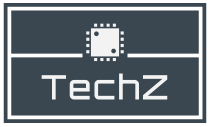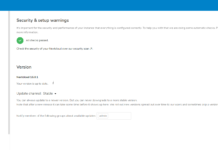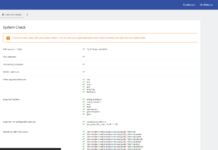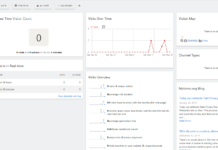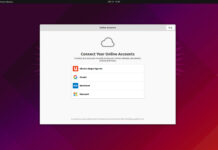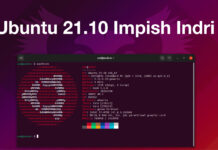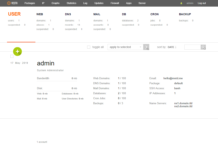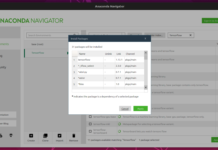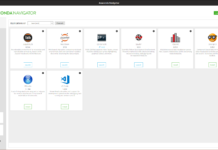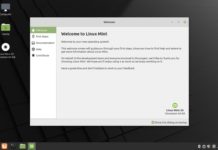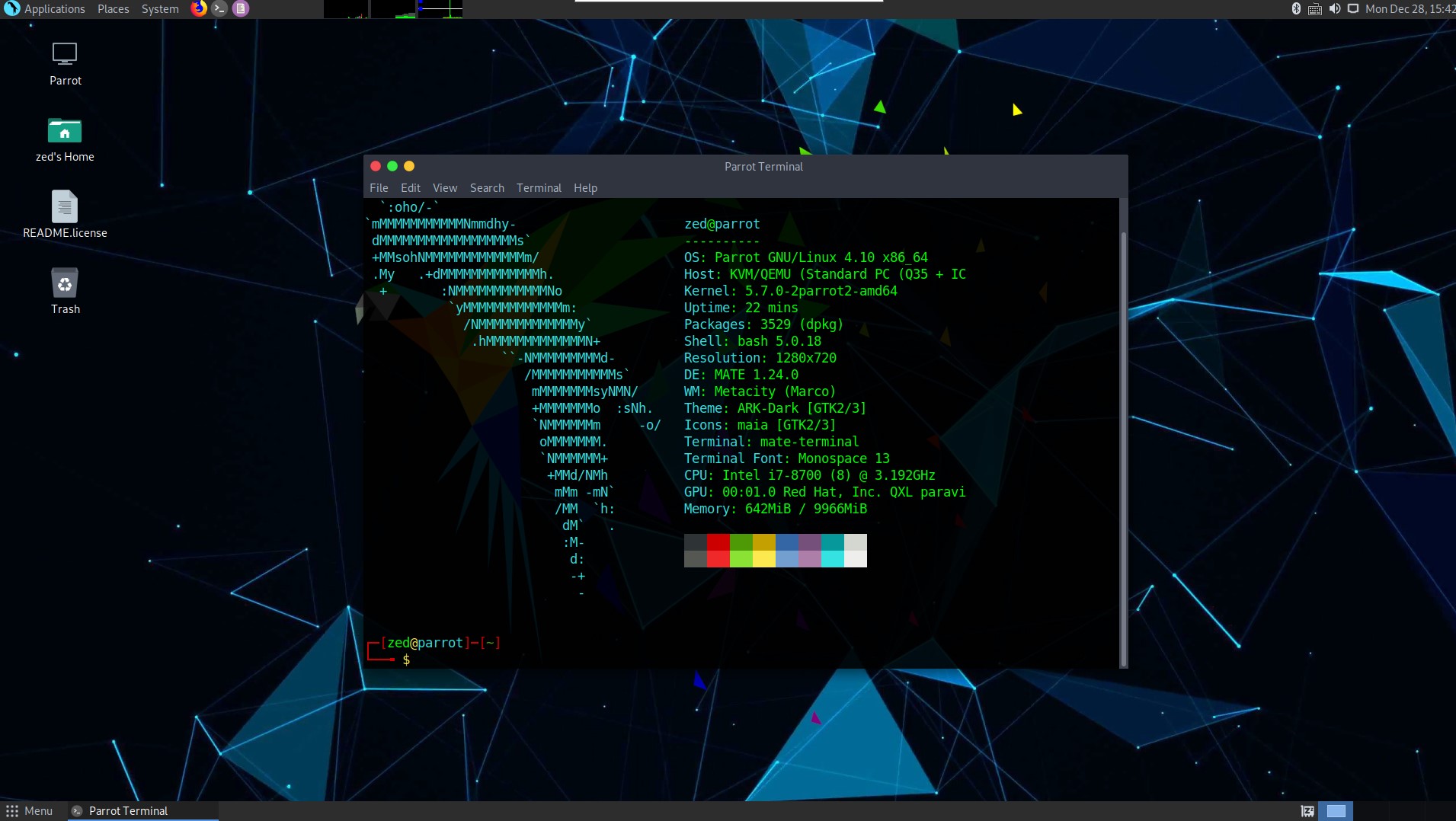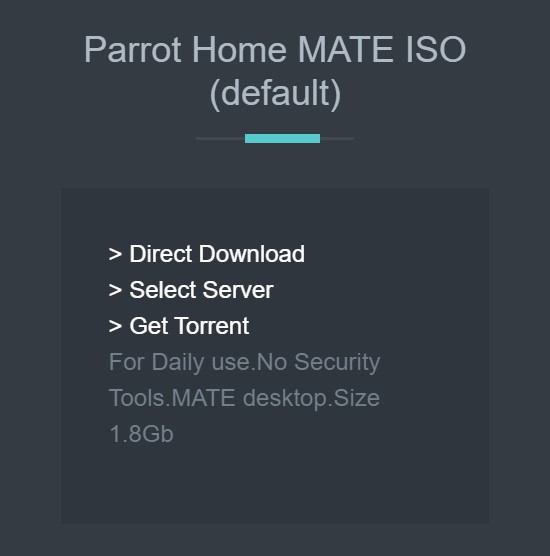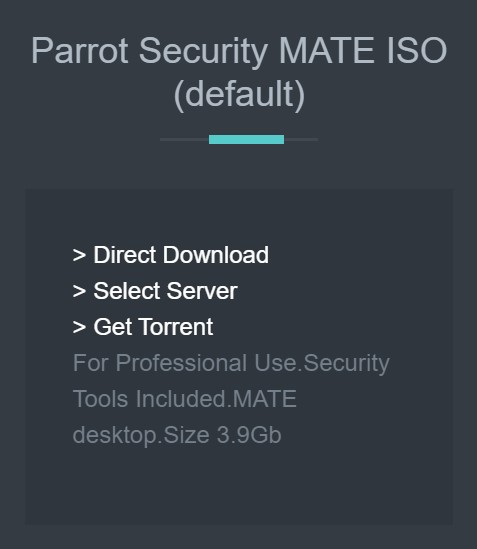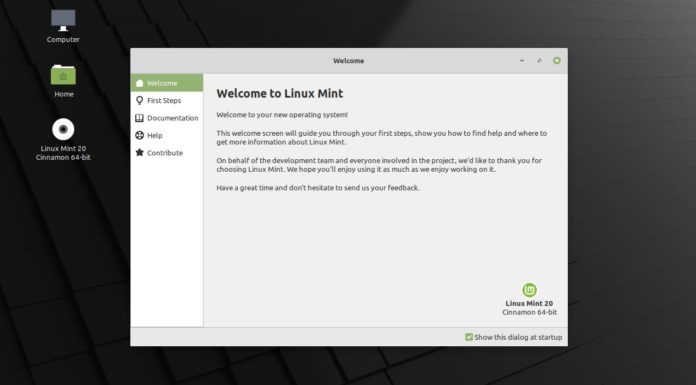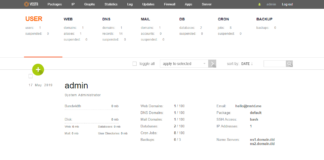A brief intro into Linux;
Linux is an amazing operating system that I wholeheartedly recommend to anyone who isn’t tied down to the windows operating system. Linux distros have come a long way in recent years and can do almost everything that ‘Windows’ can and has many advantages over windows. Today we will go through how to install ParrotOS 4.10 in a few easy steps.
ParrotOS is an operating system based on Debian that is used by security experts called penetration testers to test the security of hardened systems. This is an excellent alternative to Kali and comes with an extensive list of tools that you can use to test how secure your server is, ranging from testing anti-virus software to social engineering attacks and malware.
This operating system is for intermediate to advanced users and comes default with the MATE Desktop Environment, most of its features will require you to be proficient in the use of the terminal. Don’t let that scare you, the terminal is often easier and quicker than graphical user interfaces.
Let’s get started; Install ParrotOS 4.10:
Step 1: Create a USB installer
First thing is first, you are going to need to boot into a USB installer to start the installation process. This involves two parts; first, download a copy of ParrotOS 4.10 from their Official Website. There are two versions of the ISO, one comes without the pen-testing tools and is intended for the average user. The other comes with pen-testing tools pre-installed. Choose the one labeled installer.
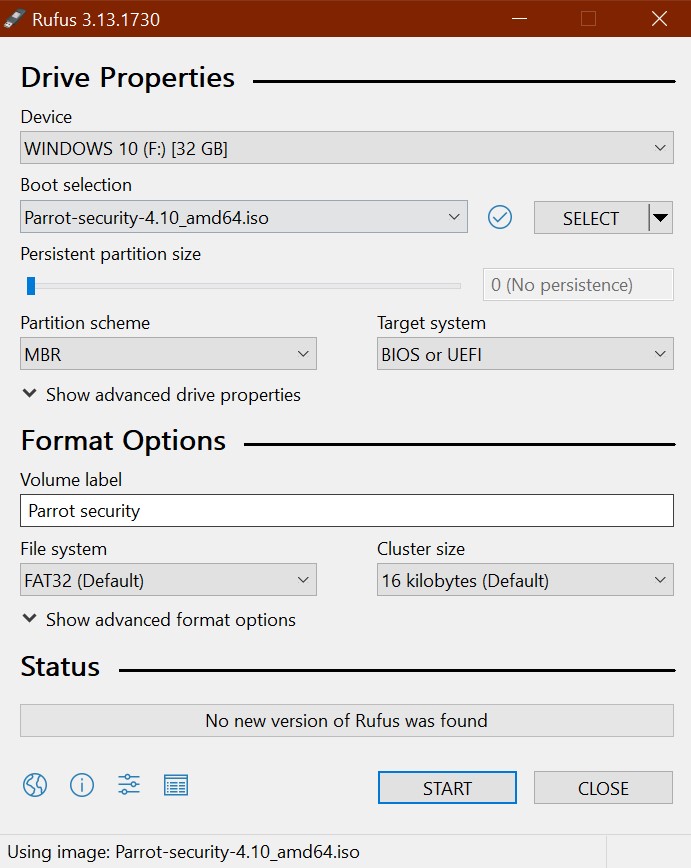
Then download Rufus which is the tool you will need to create your USB installer with a few simple clicks. Click here to download version 3.13 of Rufus or go to Rufus.ie and download the latest version.
Step 2: Boot to the USB drive
Make sure your recently created USB installer is plugged into the computer you would like to install ParrotOS 4.10 into then power it on and as it boots continuously tap either the F10 or F12 (depends on your computer) function key on your keyboard to enter the boot menu then choose your USB drive to boot into.
Step 3: Start the installation
The ParrotOS USB installer like many Linux distro’s does come with a version of the operating system already installed on the USB drive called “live USB”.
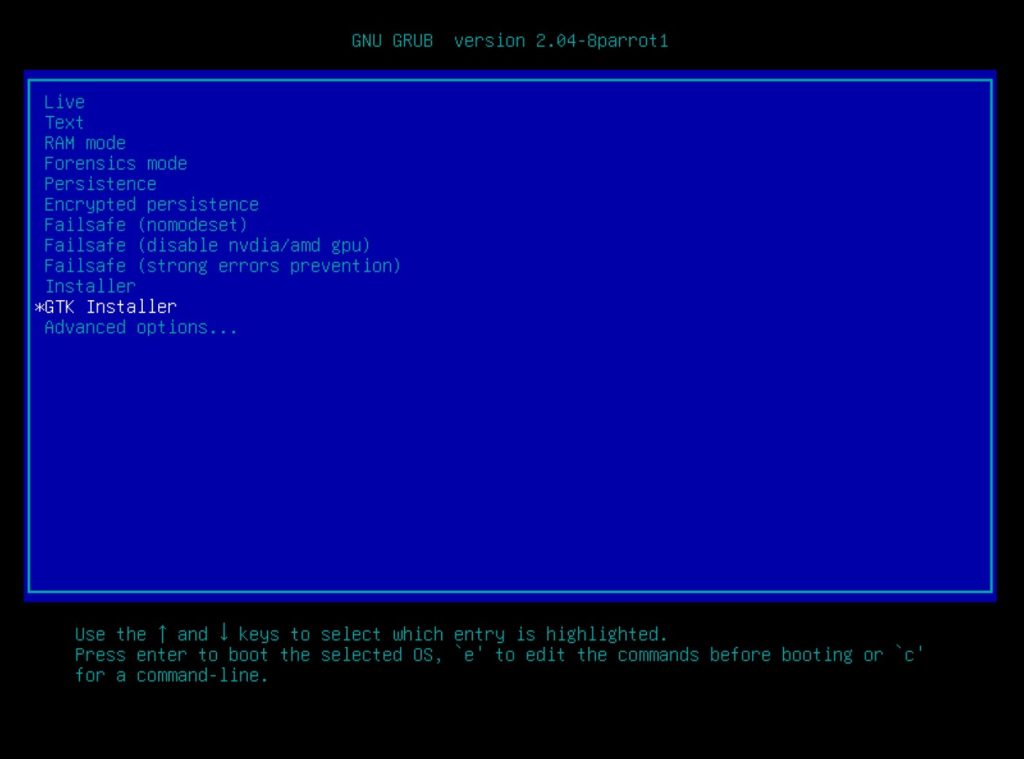
You can choose “GTK installer” to get started; If you run into any problems then select the regular “Installer” option.
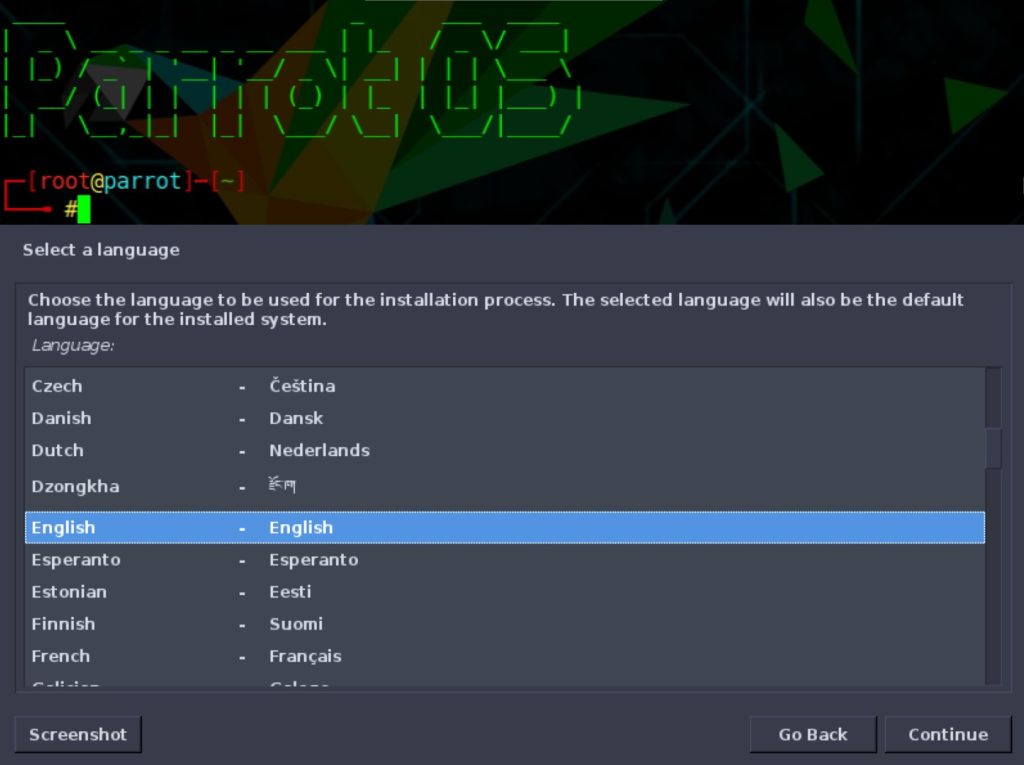
Next, pick your desired language and click continue. Then choose your location before you continue; then choose your keyboard layout and go through any other options you are prompted with.
Step 4: Choose some options
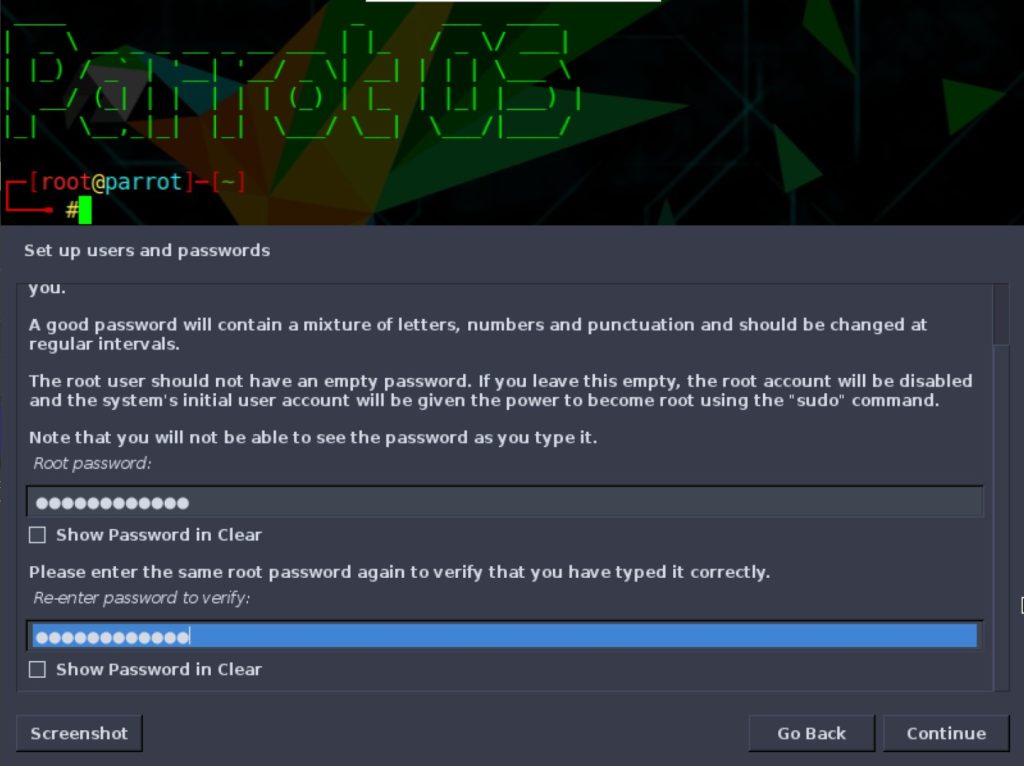
Enter a secure password of your choice for the root user.
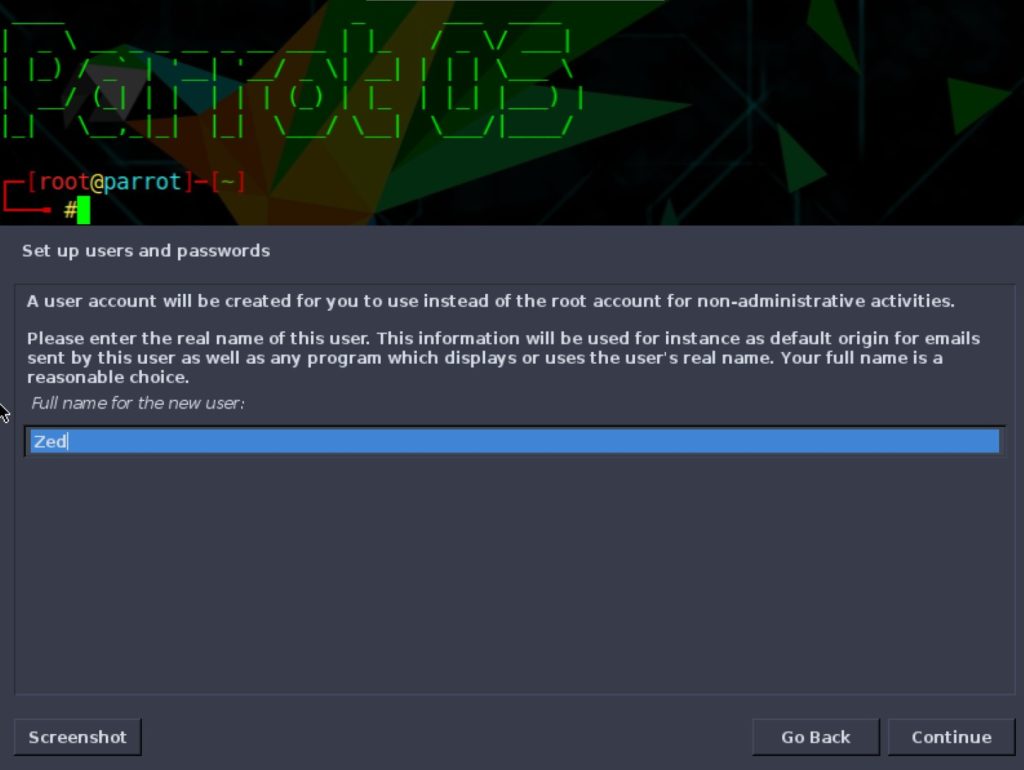
Now enter your user account details. Start with your name, then the account name, and finally proceed with the password. Make sure you pick a secure password.
Step 5: Partition the Drive
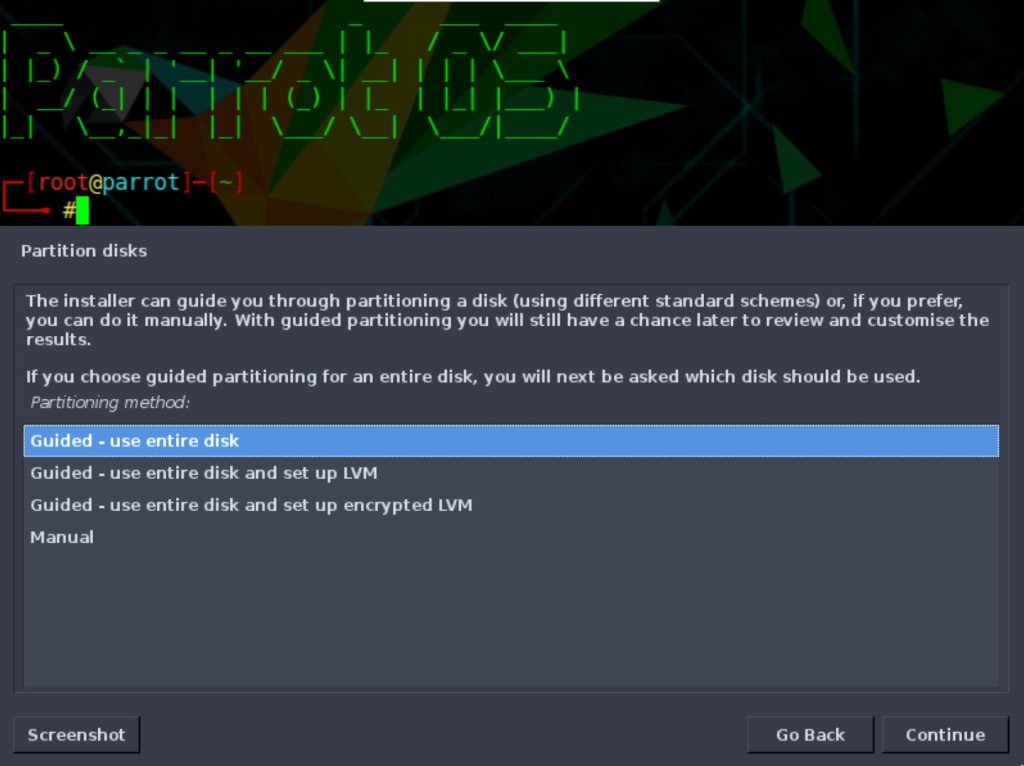
Here you may choose partition options and you may choose to enable and configure whole disk encryption or LVM (logical volume management) or customize your partitions to your own liking. For most people, the default options are probably going to be just fine. Click continue then follow the onscreen instructions to confirm the partition you have chosen. You can create a swap partition, although using a swap file is much easier. You can set that up later.
Step 6: Finalize the Installation
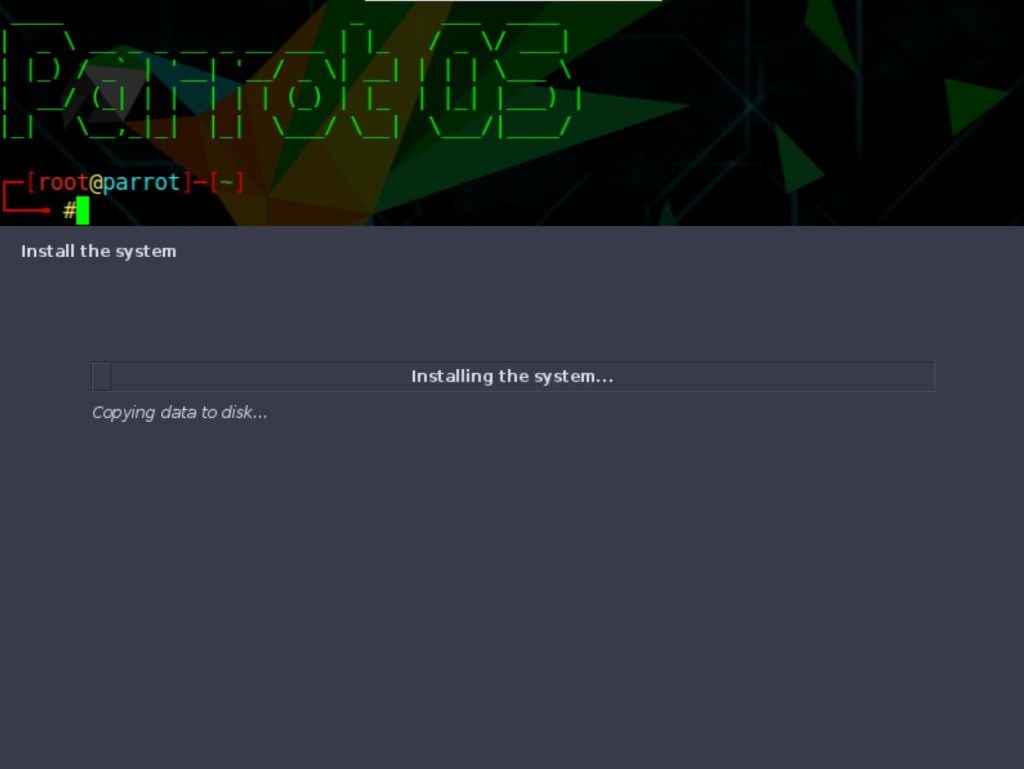
Your installation has begun now, note that this will take several minutes depending on how fast your system is, so grab yourself a drink;
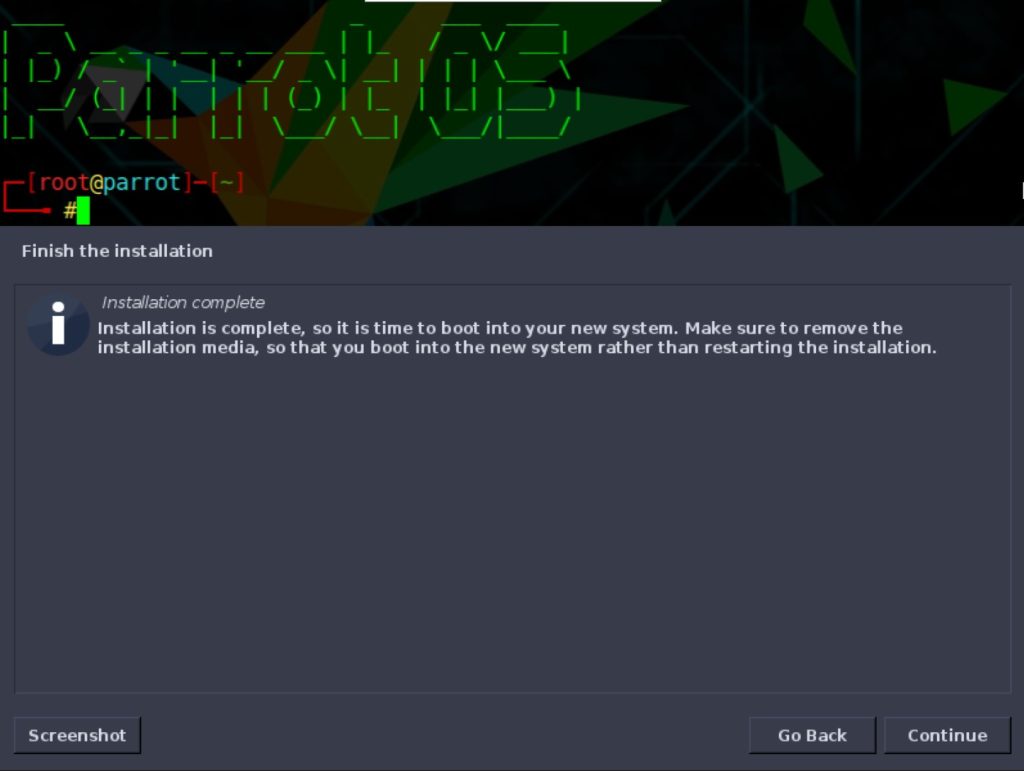
The installation will finish up; this should take a few more minutes depending on how fast your system is. When your installation is complete the installer will automatically restart your system.
Welcome to your Desktop;
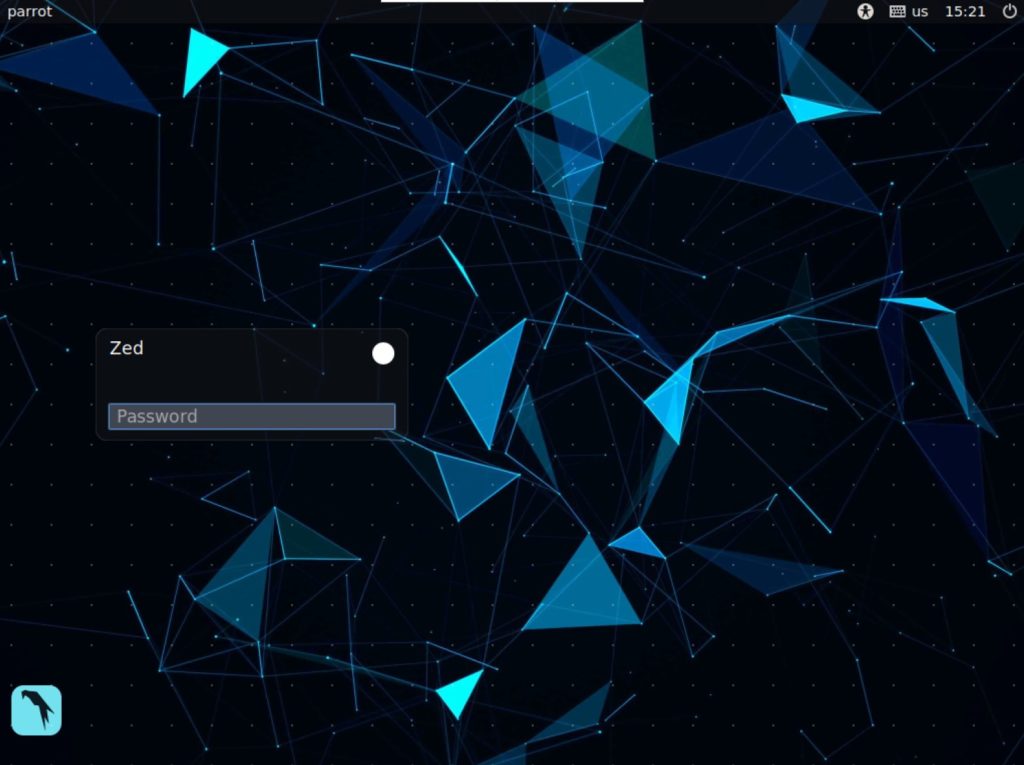
Your installation does not immediately boot up, it does require that you first key your password. Use the username and password you set earlier during setup;
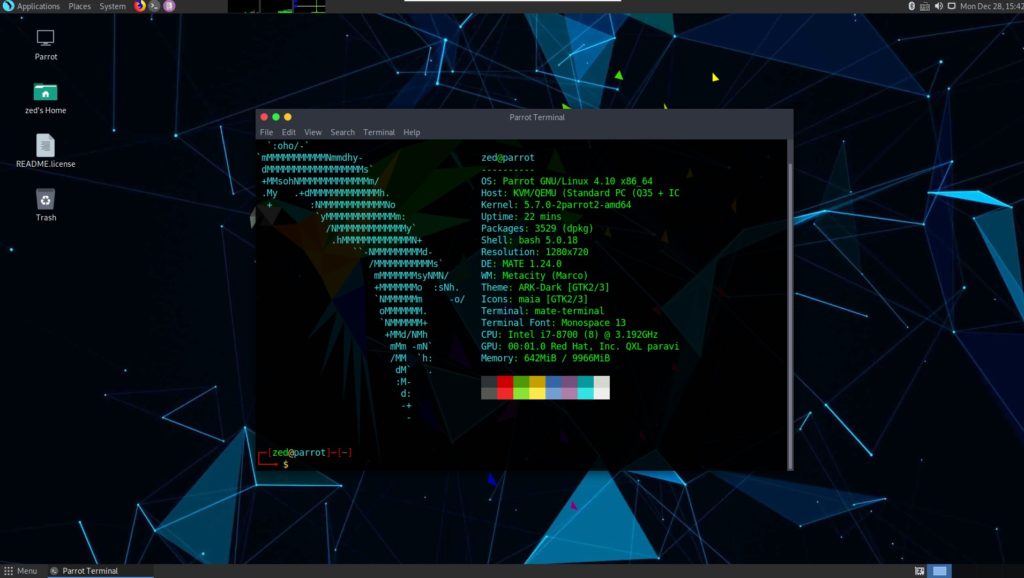
Now that you have installed ParrotOS you can log in. Next, you will be greeted by the desktop environment that you have chosen during installation. You can change the desktop environment later, but for now, do feel free to explore. Feel free to leave a comment below letting me know about your experience with ParrotOS.
